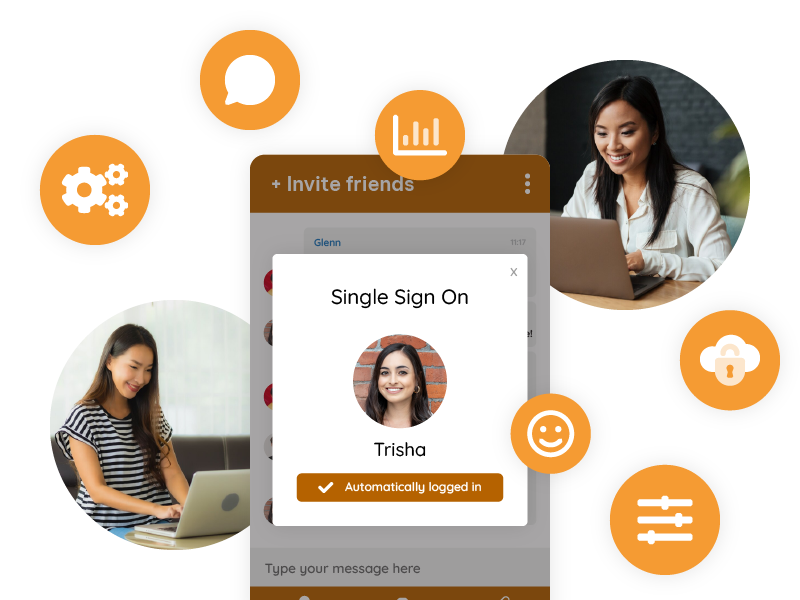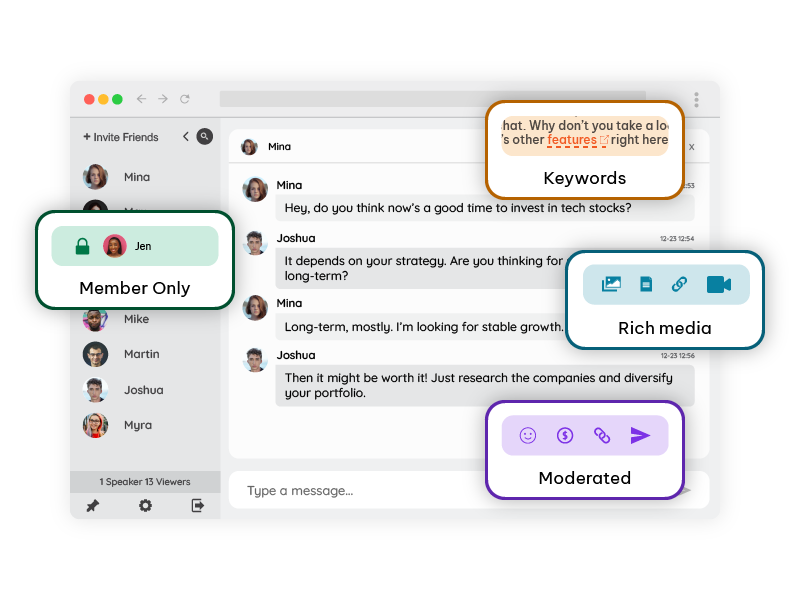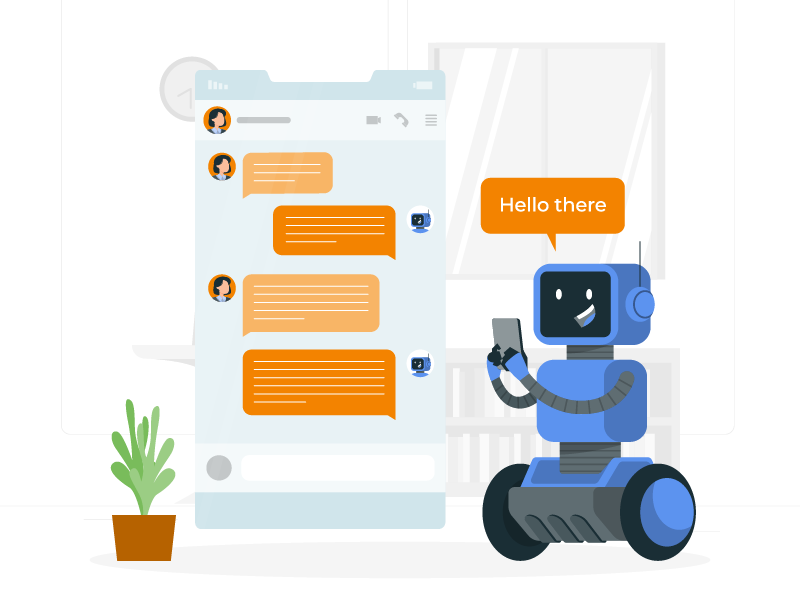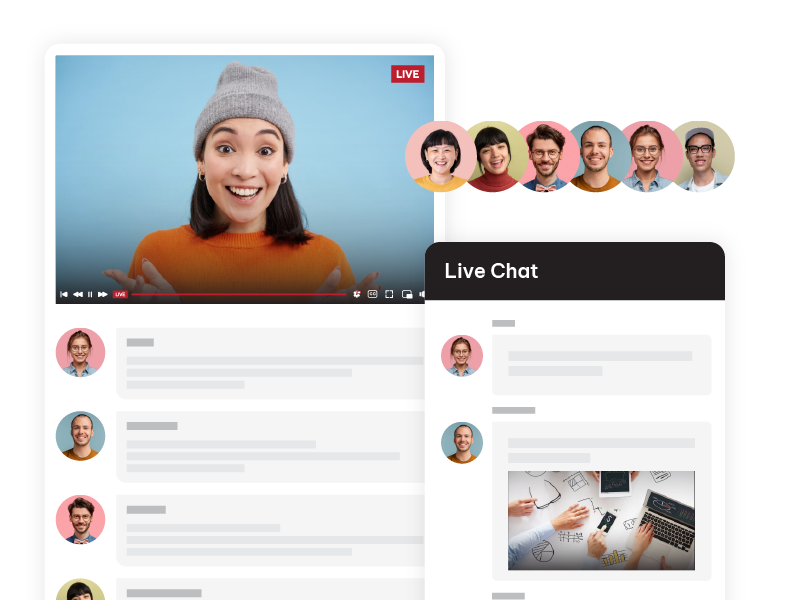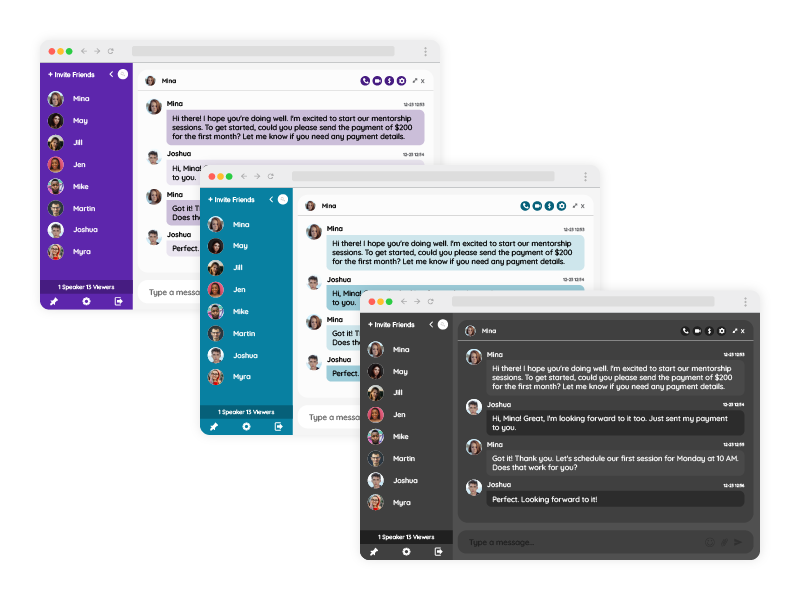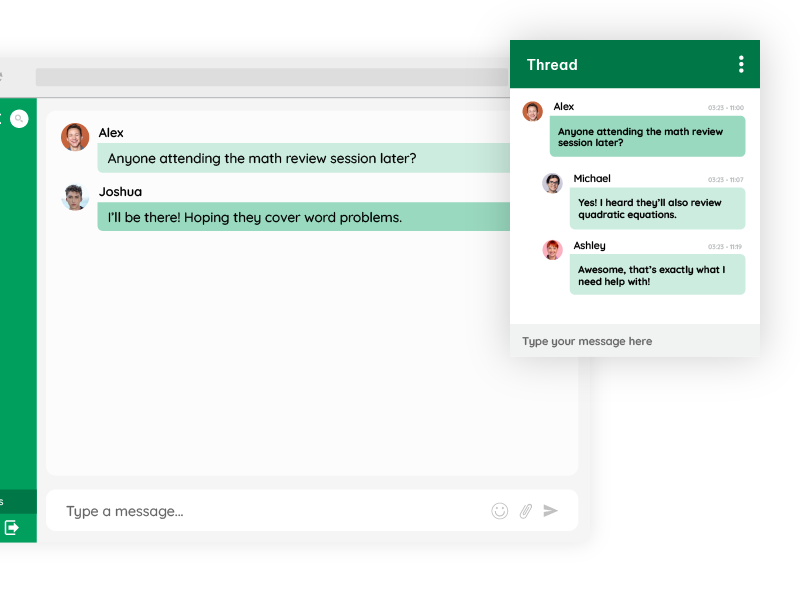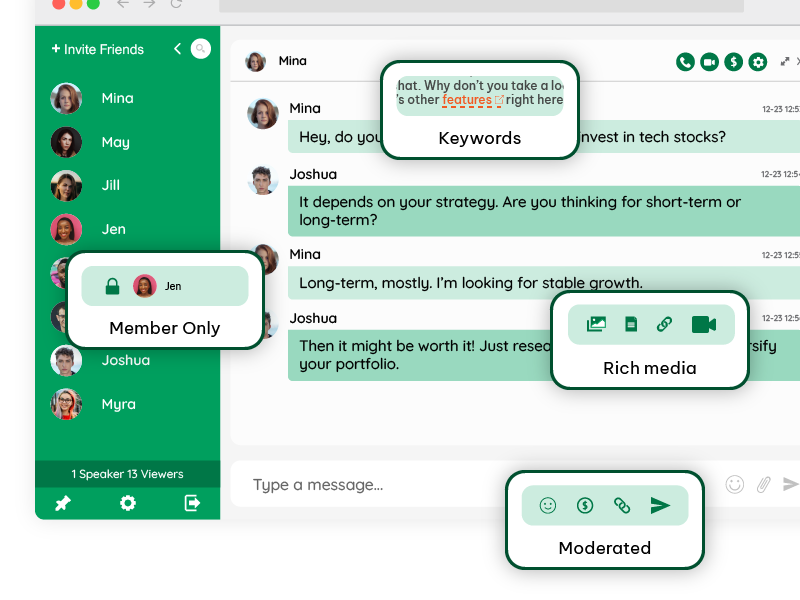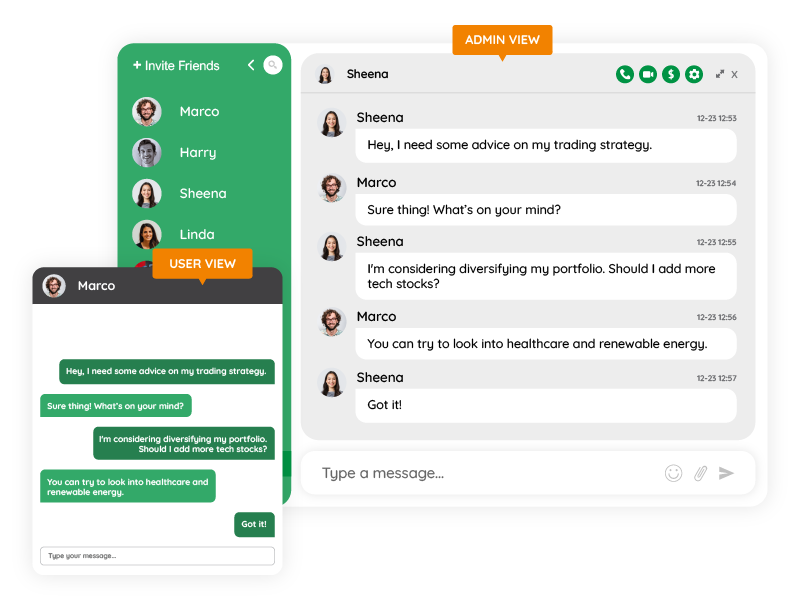Online education continues to reshape the traditional learning landscape, and the need for effective communication tools becomes increasingly critical. One of the most significant additions to modern e-learning environments is the integration of live group chat. In 2025, chat integration in e-learning platforms has evolved from a supplementary tool to a core feature that fosters collaborative, responsive, and dynamic educational experiences. Let’s explore how integrating chat solutions into e-learning platforms can enhance virtual classroom engagement and create truly interactive online education experiences.
The Rise of Chat Integration in E-Learning
E-learning has transitioned from a niche solution to a mainstream mode of education across schools, universities, and corporate training programs. However, as platforms have scaled, educators have faced a consistent challenge: maintaining student engagement and interaction in a virtual setting. This is where chat integration becomes essential.
Chat tools bridge the gap between educators and learners by enabling real-time communication, instant feedback, and collaborative learning. Whether embedded into video lectures, assignments, or discussion boards, these tools support a seamless exchange of ideas, thus transforming passive consumption of content into an engaging experience.
Key Benefits of Chat Integration in E-Learning
1. Real-Time Feedback and Q&A
Live chat enables learners to ask questions during lessons and receive immediate answers. This reduces confusion, enhances comprehension, and mimics the interactivity of a physical classroom. Educators can also use chat to gauge student understanding and adapt their teaching on the fly.
2. Fostering Virtual Classroom Engagement
Virtual classrooms often suffer from a lack of social interaction. By integrating chat, students can discuss topics with peers, collaborate on group projects, and build community—even if they are geographically dispersed. This sense of community boosts motivation and participation.
3. Accessible and Inclusive Communication
Chat offers an alternative mode of interaction for students who may feel uncomfortable speaking up in a live video setting. It encourages quieter students to share thoughts, contribute to discussions, and engage with the material at their own pace.
4. Enriched Interactive Online Education
Chat features such as polls, emoji reactions, private messaging, and moderated Q&A sessions add layers of interactivity that keep students engaged. Gamified chat elements, such as badges for participation, further incentivize active learning.
5. Seamless Integration with Learning Management Systems (LMS)
Many chat solutions can now be embedded directly into popular LMS platforms like Moodle, Blackboard, and Canvas. This ensures a unified learning experience where students don’t need to switch between tools or applications.
Popular Chat Features That Drive Engagement
To maximize the benefits of chat integration in e-learning, platforms should consider implementing the following features:
- Group Chat Rooms: Enable peer discussions and collaborative study sessions.
- Private Messaging: Allow one-on-one interactions between students and instructors.
- File Sharing: Facilitate the exchange of assignments, notes, and resources.
- Moderation Tools: Maintain a safe and respectful chat environment.
- Chat History: Ensure students can revisit past conversations for review.
- Event-Triggered Notifications: Notify users when an instructor posts a new message or when group discussions begin.
Advanced platforms like RumbleTalk offer customizable chat solutions that support all these features, along with moderation capabilities and branded interface options tailored for educational environments.
Use Cases of Chat Integration in E-Learning
E-learning has been around for quite some time now. It became bigger when the pandemic happened. Here’s how it’s currently being used:
1. Live Webinars and Lectures
During live sessions, chat can be used for real-time Q&A, enabling students to post questions without interrupting the flow of the lecture. Moderators can collect and present the most relevant questions to the instructor.
2. Discussion-Based Learning
Facilitating asynchronous discussions around course content helps learners reflect and share diverse perspectives. Chat tools support threaded discussions, reaction buttons, and tagging to organize conversations.
3. Office Hours and Student Support
Educators and support staff can hold virtual office hours using live chat to answer questions, provide guidance, and offer academic counseling.
4. Peer-to-Peer Learning
Creating group chat rooms for study groups or project teams promotes collaborative problem-solving and deeper engagement with learning materials.
5. Language Learning and Cultural Exchange
Integrating chat allows learners to practice new languages with native speakers through scheduled live chats, enabling immersive and interactive online education experiences.
6. Parent-Teacher Conferences and Feedback Sessions
Educational platforms can offer dedicated chat rooms for parent-teacher interactions, allowing real-time feedback about student progress.
Implementation Tips for Educators and Institutions
- Choose the Right Tool: Opt for chat solutions that are secure, scalable, and easily integrated with your LMS or video conferencing software.
- Establish Clear Guidelines: Provide students with netiquette rules to maintain a productive chat environment.
- Train Faculty and Students: Offer training on how to effectively use chat features for communication and collaboration.
- Monitor and Moderate: Assign moderators or use built-in tools to prevent abuse and keep conversations on-topic.
- Analyze Chat Data: Use analytics to track participation and identify students who may need additional support.
- Encourage Participation: Integrate interactive chat activities like trivia, polls, and role-play discussions to spark engagement.
Future Trends in Chat Integration for E-Learning
As AI and machine learning continue to evolve, chat integration in e-learning will become even more powerful:
- AI Chatbots: Automate routine tasks like answering FAQs or providing technical support.
- Sentiment Analysis: Monitor student sentiment to identify areas of confusion or disengagement.
- Voice-to-Text and Translation: Break down language barriers and support accessibility for global audiences.
- Personalized Learning Paths: Use chat history and interaction data to recommend content and next steps for students.
- Cross-Platform Synchronization: Enable chat continuity across web, mobile, and tablet devices for uninterrupted learning.
These innovations will further personalize the learning experience and ensure that every student feels supported.
Conclusion
In 2025, chat integration in e-learning is no longer optional—it is essential. From boosting virtual classroom engagement to enabling truly interactive online education, chat solutions are reshaping how educators and students connect in the digital age.
By integrating powerful chat tools into e-learning platforms, institutions can create inclusive, engaging, and collaborative learning environments. Whether it’s real-time discussions, group collaboration, or AI-enhanced communication, the future of education lies in seamless, interactive connections. It’s time to embrace chat integration and elevate the e-learning experience for all.

